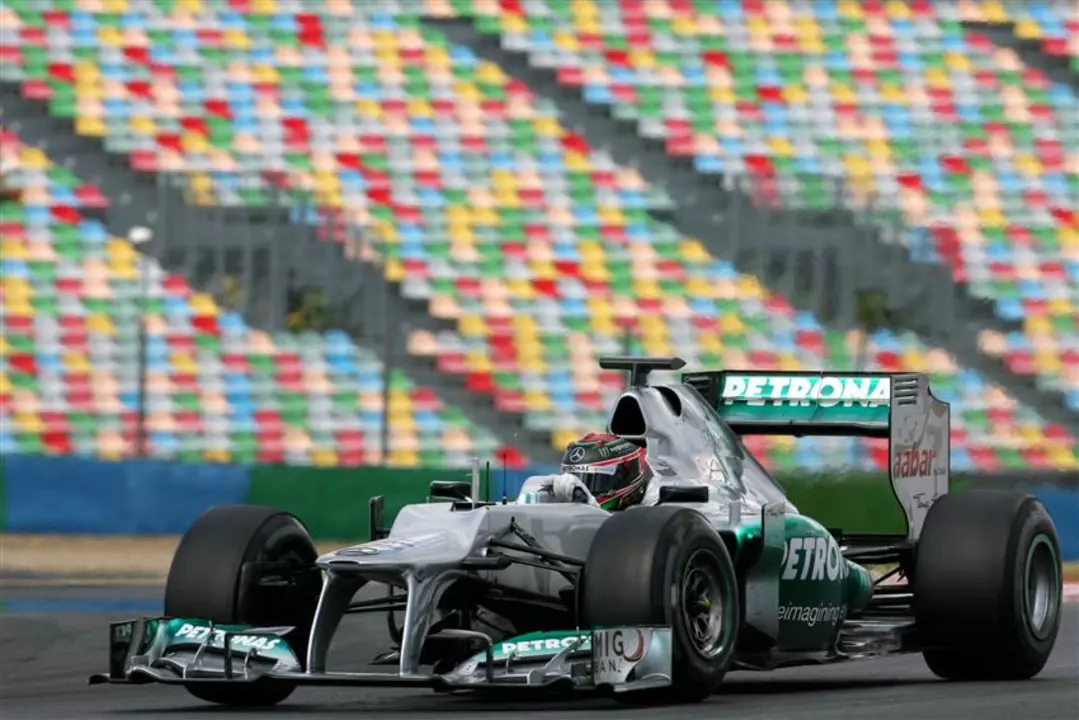In F1 and other motorsports, a lap time is counted by measuring the time taken for a car to complete one full circuit of the track. This begins at the start/finish line and ends when the vehicle crosses the same line again. Timing systems utilize advanced technology, such as transponders and sensors, to accurately record these times. Each driver's lap time is crucial in determining their position in the race, as well as their overall performance. As a fan, it's always thrilling to watch drivers push themselves to achieve faster lap times and break existing records.
Motorsports Lap Timing and Scoring – How It Works
If you’ve ever watched a race and wondered how officials know exactly when a car crosses the line, you’re not alone. The whole process is a mix of tech, sensors, and a bit of physics, but the idea is simple: measure the time it takes for a car to complete one full circuit and turn that into a race score.
Most fans think of lap times as just numbers on a screen, but behind each digit is a network of devices that start counting the moment the car hits the start/finish line and stop the moment it returns. In Formula 1, IndyCar, and many other series, this is done with transponders glued to the car and timing loops buried in the track surface. As soon as the car passes over a loop, the system records a timestamp accurate to the thousandth of a second.
How a Lap Time Is Captured
First, the car gets a small radio‑frequency (RF) transponder. When the car drives over the timing loop, the loop sends a signal that the transponder picks up and immediately sends back a unique ID. The timing software matches that ID with the driver’s name and logs the exact moment the car crossed.
Because the loops are placed right at the start/finish line, the recorded time reflects a full lap – from the moment the car leaves the line until it hits the same line again. If a driver misses the line or crosses another part of the track, the system won’t count it as a lap, which is why drivers are taught to hit the line precisely.
For tracks without loops, high‑speed cameras or GPS‑based systems can do the job. A camera captures the car as it passes a fixed point and the software calculates the time difference between frames. GPS units on the car send position data every few milliseconds, letting the system reconstruct the lap time even on road courses where installing loops is tricky.
Scoring the Race: From Lap Times to Positions
Once each lap is logged, the scoring system does the heavy lifting. It adds up all completed laps for every driver, then looks at the total time taken. The driver with the most laps leads; if two drivers have the same lap count, the one with the lower cumulative time is ahead.
During the race, live timing screens show you the current gap between cars, the fastest lap, and sometimes even sector times – split times for each part of the circuit. These details help teams understand where a driver is gaining or losing speed.
If a safety car or a red flag stops the race, the timing system pauses and resumes automatically, preserving the integrity of each lap. Penalties, like a five‑second addition for a jump‑start, are also applied in the software before the final results are published.
In practice, the whole process happens in real time. Engineers can pull up a driver’s lap history on a tablet, compare sector performance, and tweak the car’s setup on the fly. That’s why lap timing isn’t just about the numbers you see on TV – it’s a key part of race strategy.
So next time you see a driver clock a blistering lap, remember there’s a tiny transponder, a buried loop, and a flood of data turning a split‑second into the headline you hear. Understanding the basics of lap timing and scoring makes the sport feel a lot less mysterious and a lot more exciting.
